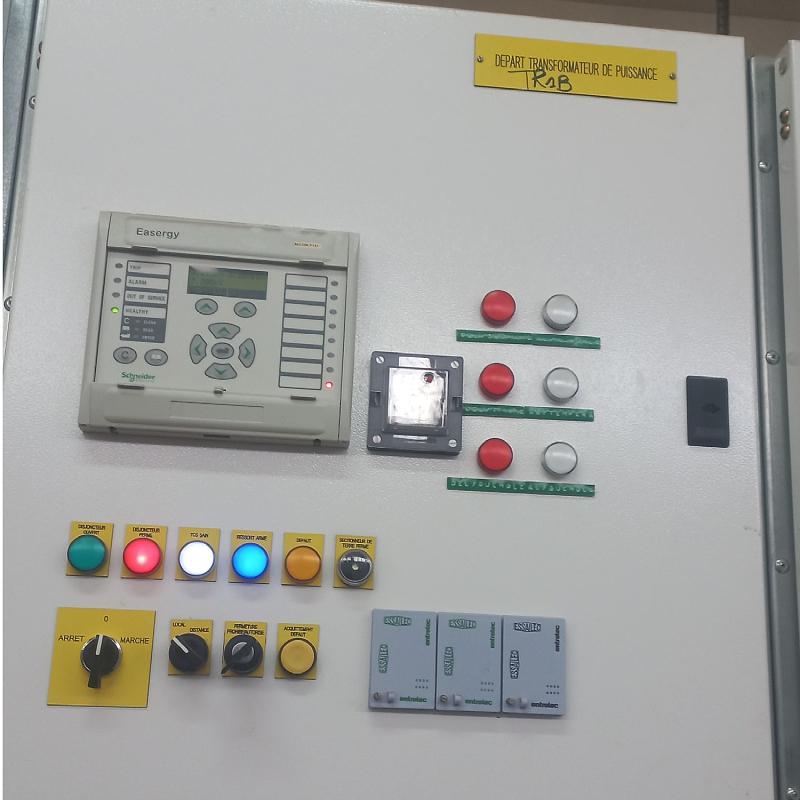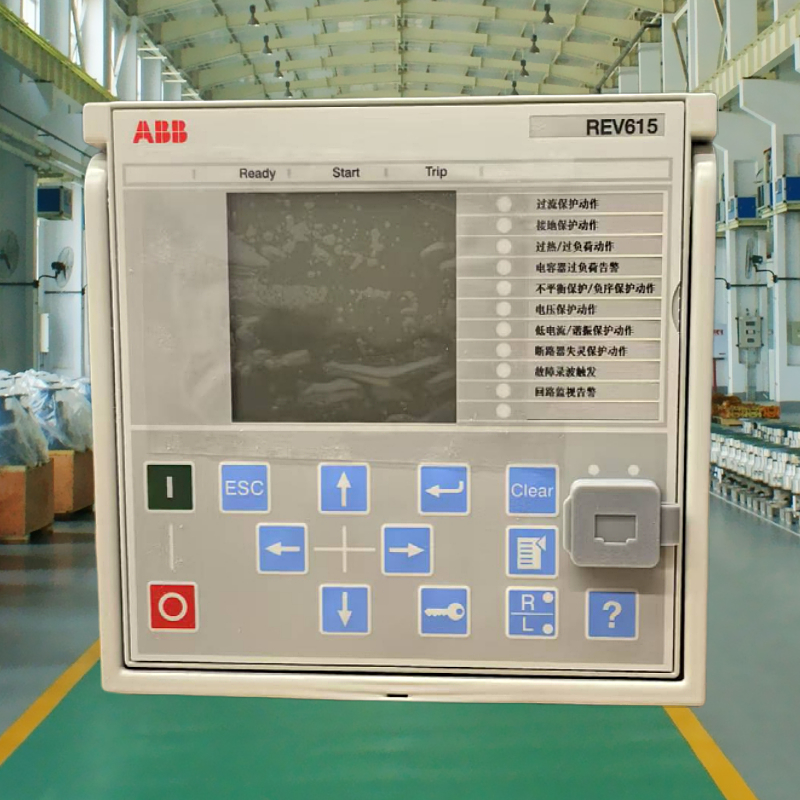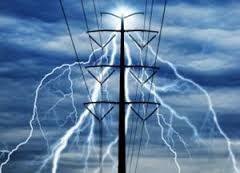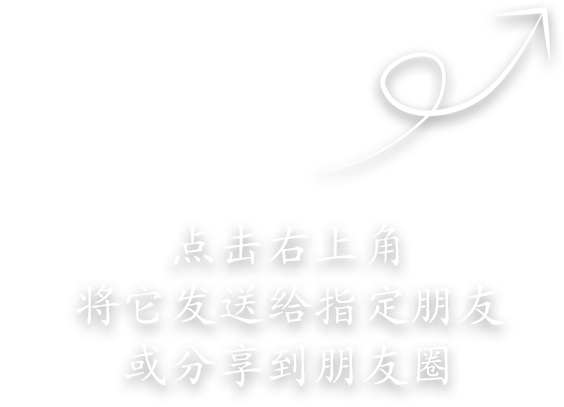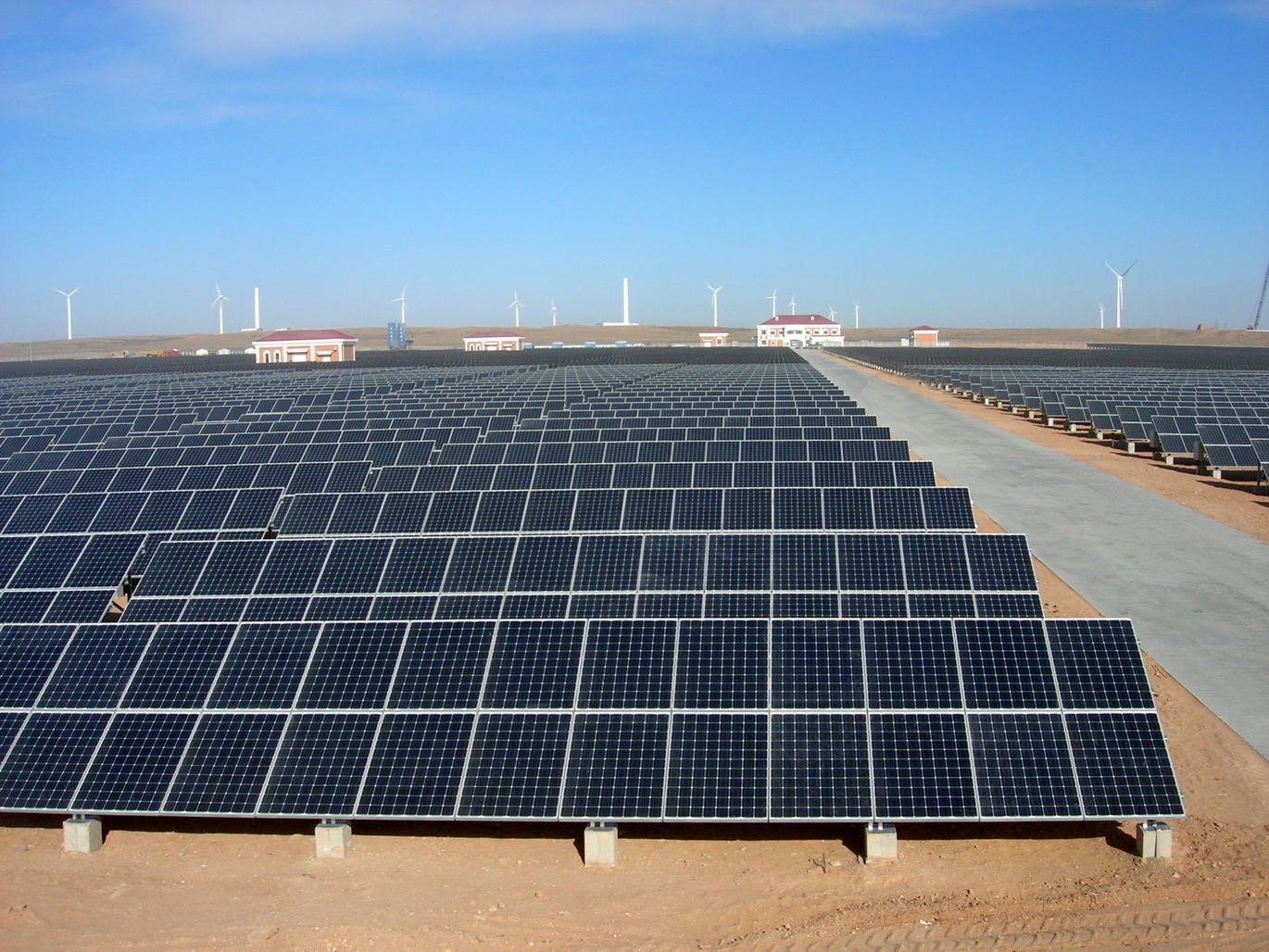
By 2025, power relay protection devices are poised to undergo transformative advancements worldwide, driven by technological innovation, renewable energy integration, and evolving grid demands. These devices, critical for safeguarding electrical systems against faults, will increasingly adopt digitalization, intelligence, and adaptability to meet modern energy challenges.
1. Digitalization and AI Integration
Traditional electromechanical relays are rapidly being replaced by digital relays with embedded artificial intelligence (AI). AI algorithms enable real-time fault detection, predictive maintenance, and self-healing capabilities. For instance, machine learning models will analyze historical grid data to anticipate failures, reducing downtime by up to 30%. Additionally, IoT-enabled relays will communicate seamlessly with smart grid components, enhancing coordination and response times.
2. Adaptation to Renewable Energy Systems
The global shift toward renewable energy sources—such as solar, wind, and distributed generation—demands adaptive protection systems. Conventional relays struggle with bidirectional power flows and intermittent generation. By 2025, relays will incorporate dynamic settings to manage microgrids and hybrid systems. Phasor Measurement Units (PMUs) and synchrophasor technology will improve grid stability, ensuring compatibility with decentralized energy infrastructures.
3. Cybersecurity Enhancements
As relay systems become more interconnected, cybersecurity emerges as a priority. Next-generation devices will integrate advanced encryption protocols and blockchain-based authentication to counter cyber threats. Standardization bodies like IEEE and IEC are expected to release unified guidelines to ensure global compliance, particularly for cross-border power networks.
4. Sustainability and Miniaturization
Environmental concerns will drive the development of energy-efficient, compact relays. Solid-state relays with reduced carbon footprints and longer lifespans will dominate markets. Emerging economies in Asia and Africa will adopt modular, cost-effective solutions to modernize aging grids while minimizing resource consumption.
Conclusion
The evolution of relay protection devices by 2025 reflects a convergence of digital innovation, renewable energy imperatives, and security needs. Collaborative efforts among governments, utilities, and tech firms will be pivotal in standardizing these advancements, ensuring resilient and future-ready power systems globally. As grids grow smarter, relay technologies will remain at the forefront of sustainable energy transition.



